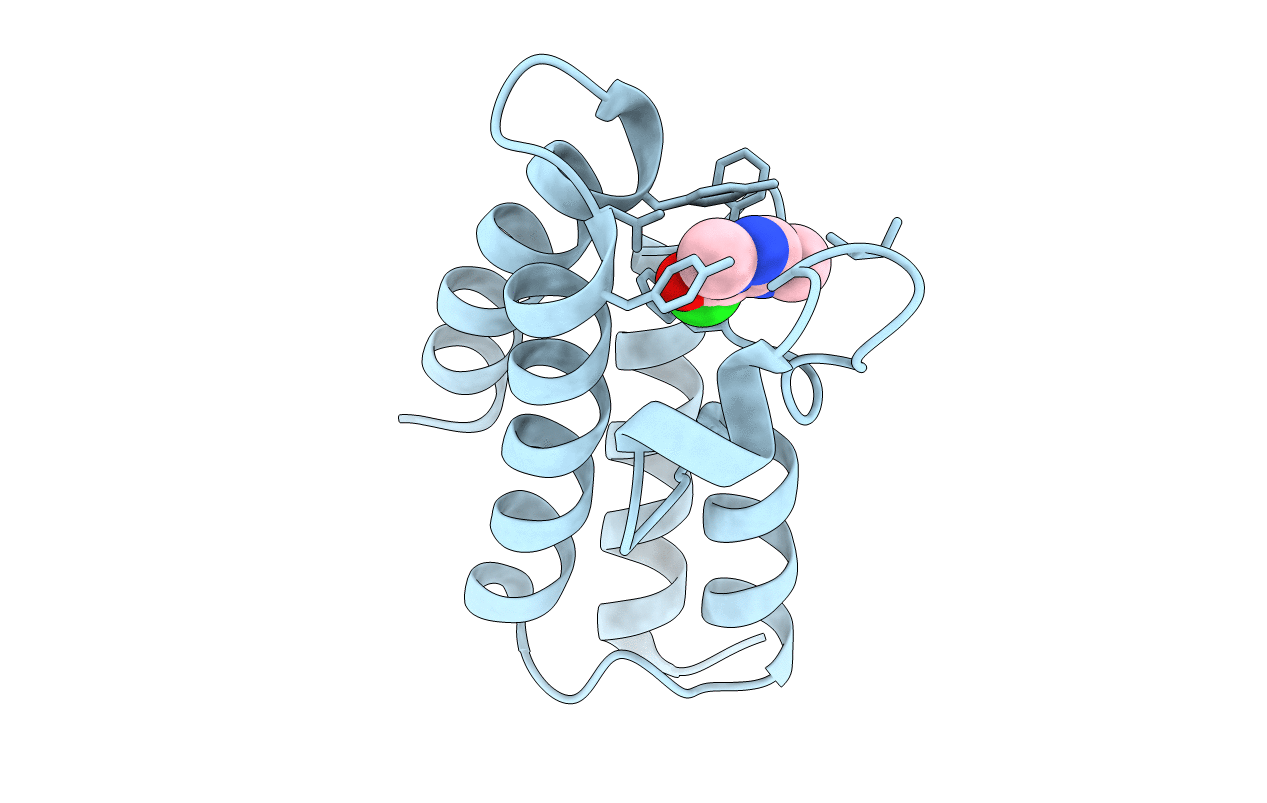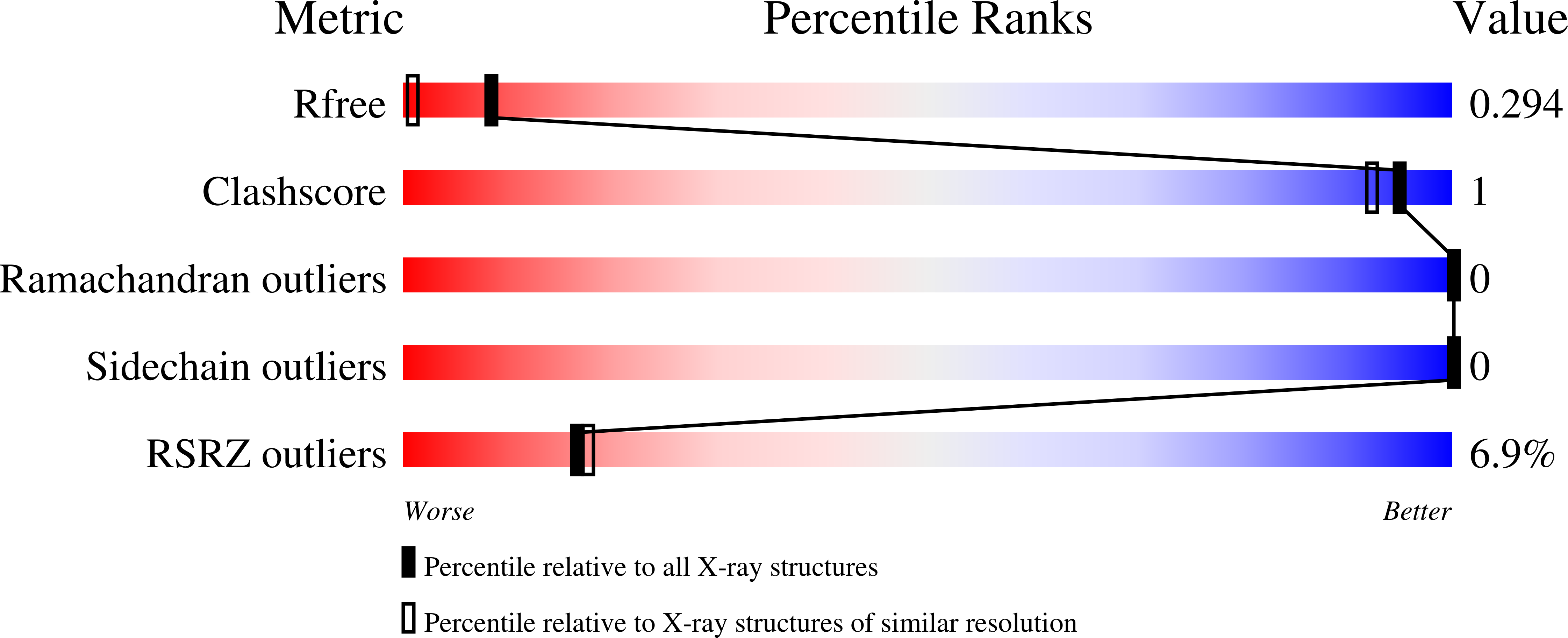
Deposition Date
2020-04-18
Release Date
2021-04-14
Last Version Date
2024-05-01
Method Details:
Experimental Method:
Resolution:
1.50 Å
R-Value Free:
0.27
R-Value Work:
0.23
R-Value Observed:
0.24
Space Group:
P 1


